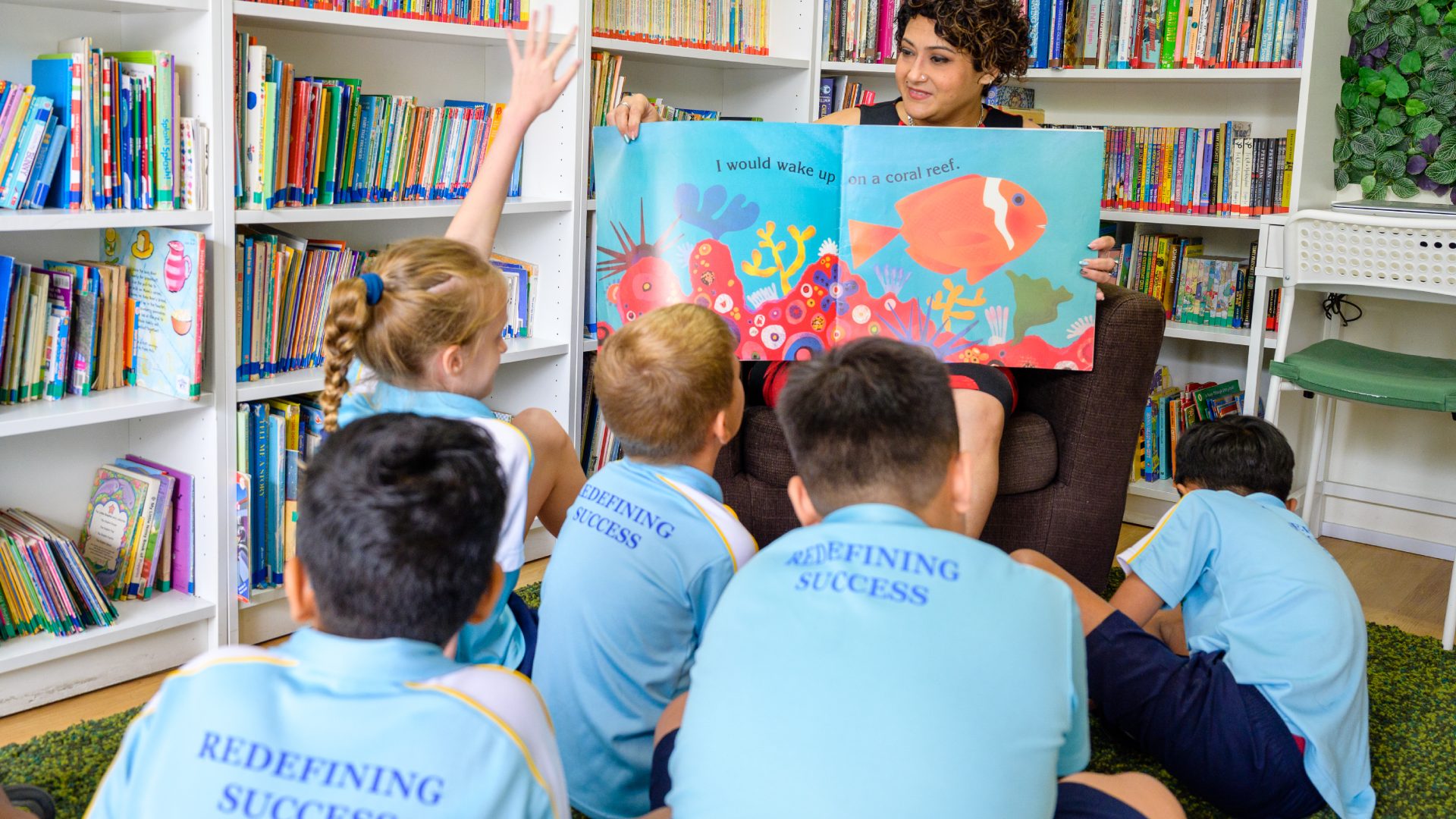In today’s fast-paced society of technological and media advances, children are often portrayed as little adults, and the pressure to succeed can be overwhelming for them. We’re seeing more and more children with Attention Deficit Hyperactivity Disorder (ADHD), Dyslexia, Autism Spectrum Disorder (ASD), Anxiety and behavioural difficulties. These students may be overlooked in bigger schools because of larger class sizes and lower teacher-to-student ratios. If special needs education support services aren’t offered on campus, they can be found outside of school; however, this means more cost, time and effort for both the parents and child.
At the Integrated International School (IIS), as you step into one of our inclusive classrooms, you’ll notice not only the wonderful neurodiversity among students but the teacher-to-student ratio (1:5) and overall class size. With our smaller class settings and tailored educational approach, each student receives the differentiated yet inclusive learning experience they deserve, as well as developing balanced perspectives and a greater understanding of their fellow students.
When IIS was first established over 10 years ago, a key factor that stood out for parents and continues to do so, is our commitment to an individualized education. Here are several important benefits of smaller class sizes and individualization:






